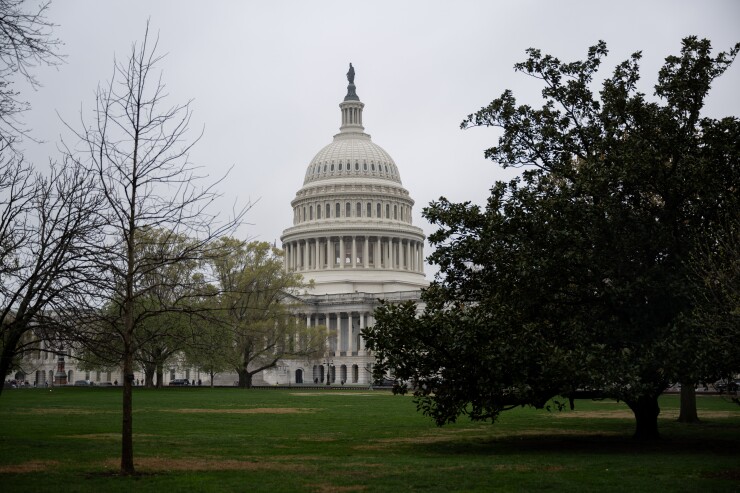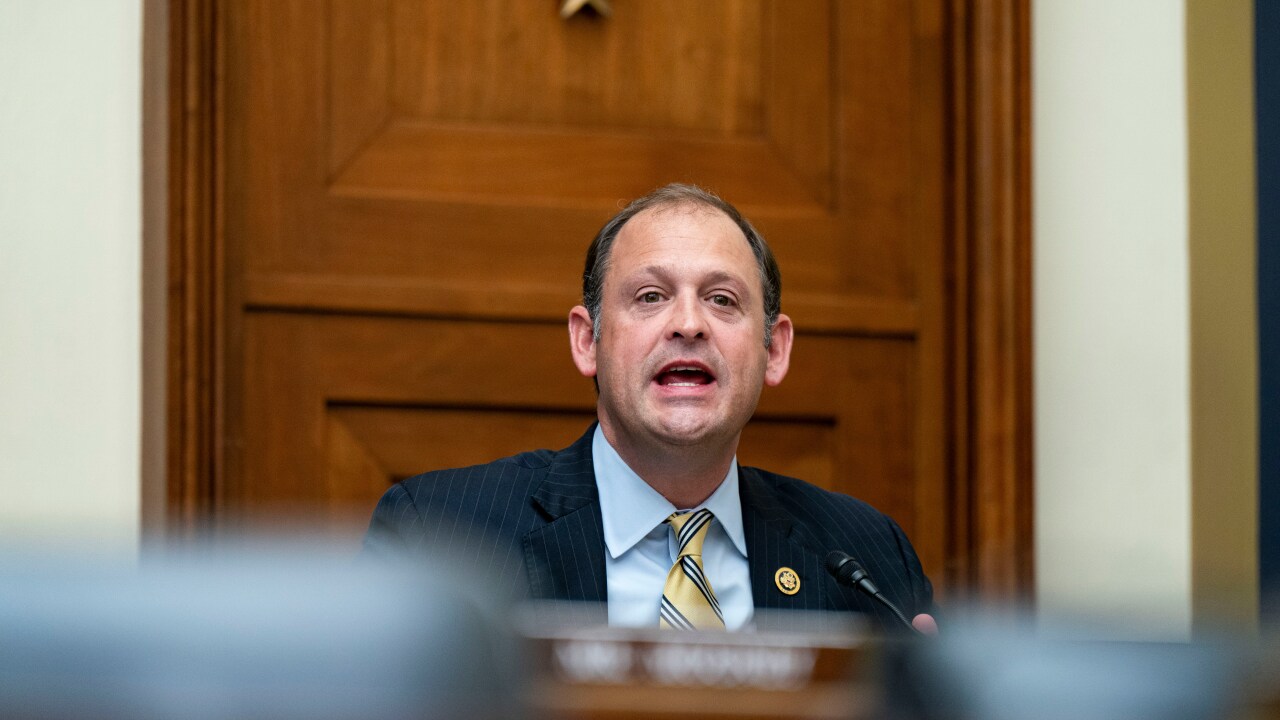
Decisions made during the budget reconciliation process in Congress will play a key role in how S&P Global Ratings assesses the creditworthiness of the United States, the ratings agency said Monday.
"In particular, these discussions could affect our view of the U.S.'s fiscal profile — the sovereign's key credit weakness, with net general government debt that we forecast will rise toward 100% of GDP," said S&P Global Ratings credit analyst Lisa Schineller in a report released Monday.
Most policy decisions to date have been determined by President Donald Trump's executive orders, the ratings agency said, but Congress is expected to implement the next swath of fiscal policies with a sweeping bill that will cover taxes, the border, immigration policy and federal spending cuts.
S&P highlighted the "lack of clarity" stemming from the
"A clearer picture on the deficit trajectory should emerge with the reconciliation negotiations," analysts said. "The broad configuration, however, thus far points to a higher deficit in coming years. This is on top of the structural rise in aging-related expenditure and higher interest payments."
Adding to the uncertain environment is the Trump administration's tariff policy, which has sparked significant market volatility. Ratings analysts said they expect "intense bilateral negotiations over the next few months amid continued market volatility." Another unknown is the amount of revenue that tariffs may generate and the impact of federal spending cuts and Trump's 2026 budget proposal, expected to be released month.
The reconciliation bill includes a provision to raise the debt ceiling ahead of the so-called X date when the nation would default on its payments, currently estimated at sometime this summer. Political brinksmanship over the debt limit has twice sparked downgrades from ratings agencies and S&P said it expects Congress to raise or suspend the debt limit ahead of the X date.
After downgrading the U.S. in 2011 amid a political impasse on the debt limit, S&P rates the U.S. AA-plus with a stable outlook. In August 2023, Fitch Ratings
Moody's Investors Service pegs the U.S. at Aaa but has
A downgrade of the U.S. sovereign would reverberate throughout the municipal bond market, carrying near-term effects like downgrades for muni debt directly linked to the federal government, such as housing bonds, grant anticipation revenue bonds – which are secured by federal transportation grants – and military housing bonds. Pre-refunded bonds that have an escrow set up with Treasuries could also take a hit.
A downgrade could also mean higher borrowing costs for municipal issuers and carry longer-term consequences like fewer federal funds for municipal credits. The majority of local and state credits, however, would be resilient,





